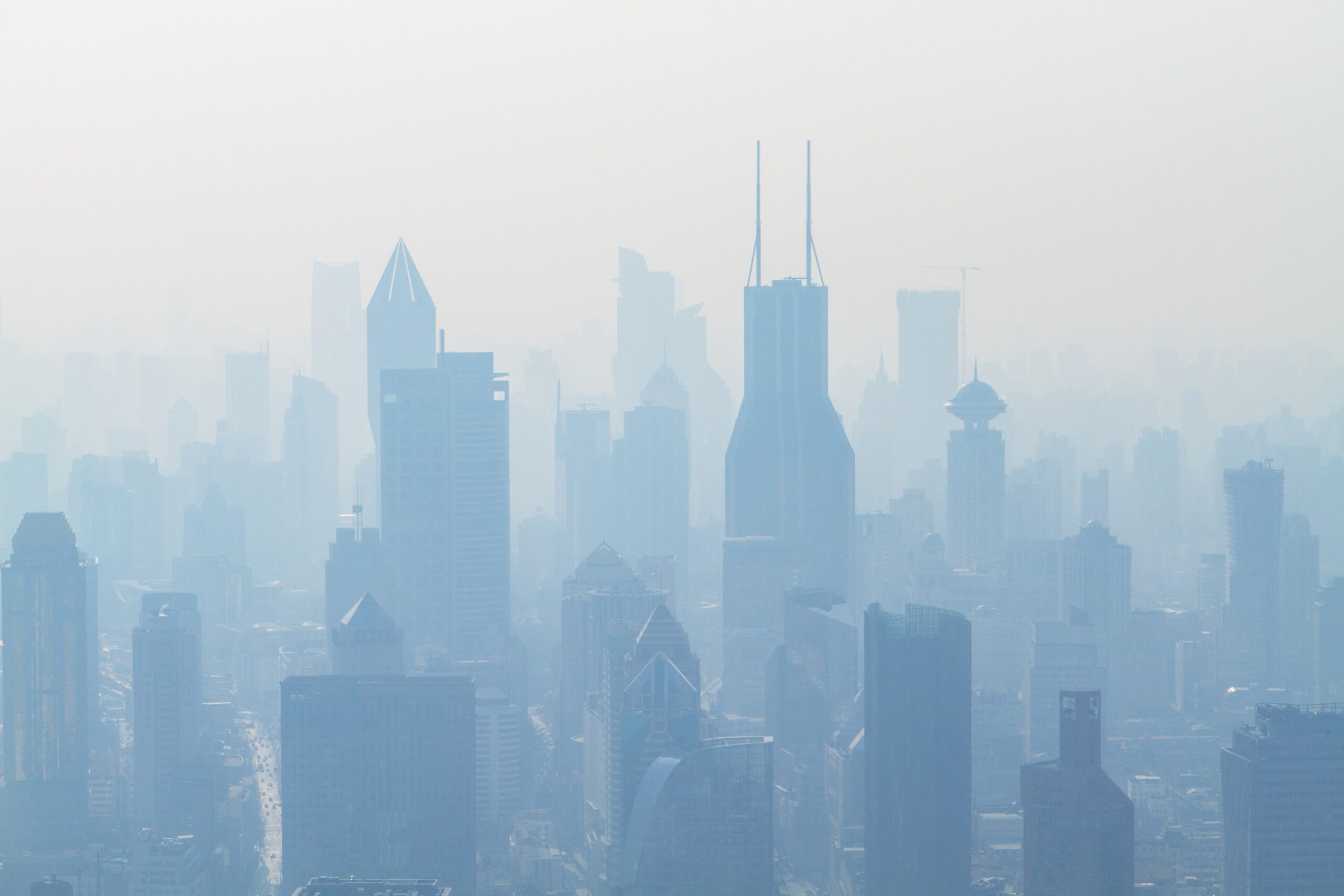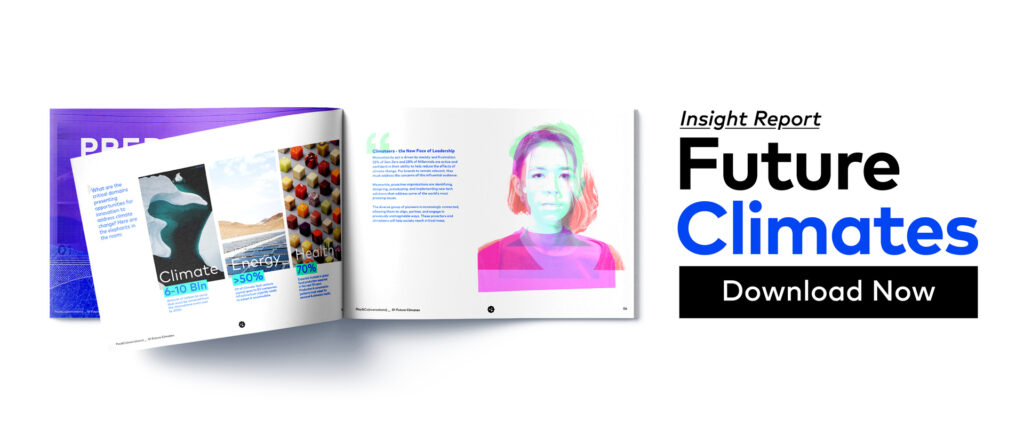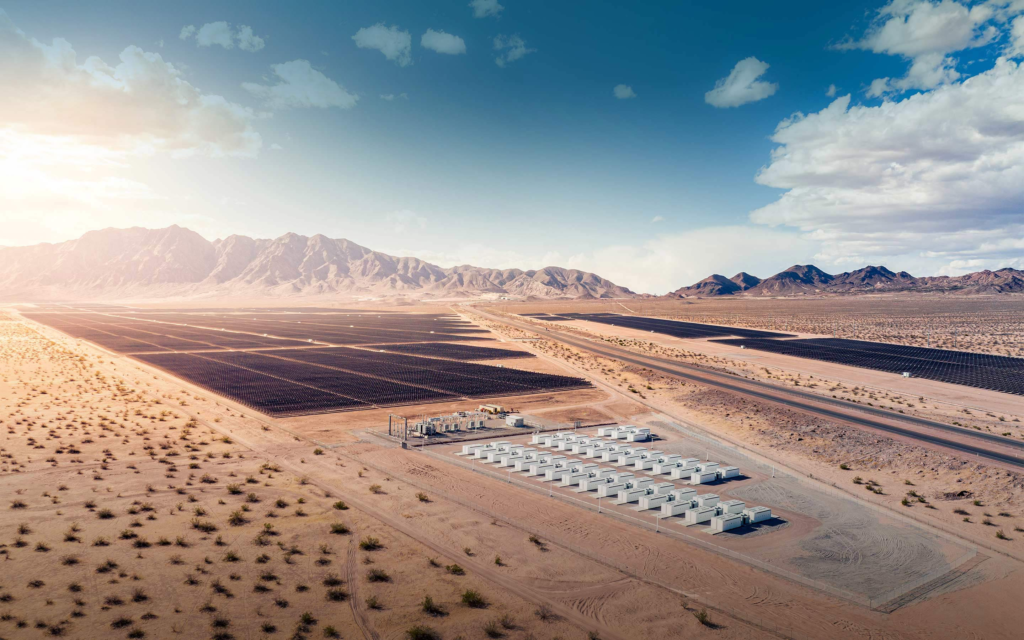In order to address the global climate crisis, logic-based design thinking methodologies are essential for systemic change due to the need for new climate technologies and a shift in consumer behaviors. Leading organizations are transforming apparent chaos, delivering true innovation, and maximizing influence to set the stage for others to follow.
In addition to our addiction to cheap commodities, such as energy and food, our dependence on stable commodities is being compounded by deteriorating environmental conditions. Sustainability has become a strategic imperative for companies and brands in order to accelerate industry and infrastructure transformation. This movement offers consumers the opportunity to participate actively in curbing climate change through new consumer experiences.
Ultimately, by design, brands can assist people in making sense of the transition to a sustainable new world. Oftentimes, this is done by focusing on inspiring communications and product stories. Transparency, authenticity, and optimism have already been leveraged by dominant players - creating clear proof for consumers. Further, these innovation initiatives can cross-pollinate across industries quickly, compounding scale and effectiveness in a shorter amount of time.
Even so, there can be a lot of confusion surrounding the definition of global warming and climate change — which is imperative if we’re to solve it effectively.

Origins of a Global Crisis
Human activities, primarily the burning of fossil fuels, have caused global warming since the pre-industrial period (1850 to 1900). Global average temperatures have increased by 1 degree Celsius (1.8 degrees Fahrenheit) since this time period, and are currently increasing by more than 0.2 degrees Celsius (0.36 degrees Fahrenheit) every decade. The current warming trend is unquestionably the result of human activity since the 1950s; it is occurring at a rate unprecedented in millennia.

Earth's surface temperature rises as a result of greenhouse gas emissions in the atmosphere, notably fossil fuel combustion, which contributes to climate change. In addition to human activities, natural processes can also influence climate change, including internal variability (cyclical ocean patterns like El Nino, La Nina, and the Pacific Decadal Oscillation) and external forcings (e.g., volcanic activity, changes in the Sun's energy output, variations in Earth's orbit).
Observations from the ground, air, and space, as well as computer models, are used by scientists to monitor and study past, present, and future climate change. Climate data records identify several key indicators of climate change, including changes in global temperatures and sea levels, ice loss, wildfires, droughts, floods, and precipitation, as well as changes in extreme weather events like hurricanes, heatwaves, wildfires, and droughts.
Can our planet still be livable in the not-too-distant future with such a scenario?

Where the Global Crisis is Heading
Humanaity must accelerate innovation if it is to limit temperature rise to 1.5 degrees Celsius above pre-industrial levels. Here are some critical areas where rapid innovation is needed now:
Air: The amount of carbon needed to be removed from the atmosphere annually by 2050 is estimated at 6 to 10 billion tons. How we remove it, and what we do with the byproducts, are up to us.
Ocean: According to NASA, 90% of global warming is occurring in the ocean due to greenhouse gas emissions, industrial pollution, and overfishing. Researchers estimate that between 50 and 80% of the oxygen we breathe comes from the ocean.
The (Built) Environment: In 2040, almost half of global CO2 emissions will come from the built environment. 27% of those emissions are attributed to building operations, while 20% are attributed to materials and construction. The most common building materials contribute 23% to global greenhouse gas emissions.
Agriculture: Farmers are increasingly finding it difficult to yield consistent crop quantities and quality due to extreme weather conditions such as floods, fires, and droughts. Moreover, it is estimated that global food production will need to increase by up to 70% in the next 30 years.
In what ways are our innovative players helping today's crisis?

How Design-Led Climate Technology is Fighting Back
Manatee Battery Storage
When operational, the world's largest solar-powered battery will eliminate over 1 million tons of carbon dioxide emissions and save customers over $100 million. Municipalities may benefit from this centralization of large-scale batteries by reducing the need for personal batteries (at home).
Inflation Reduction Act - Electric Transportation
In addition to heavy-duty trucking, municipal and school buses, and aviation, electric transportation and energy systems are now aligned with sustainability goals. Funding for this massive shift is provided by the Inflation Reduction Act. Electric vertical take-off and landing (eVTOL) vehicles, Trucks as a Service (WattEV), and Vehicle-to-Grid technology will further accelerate the shift to electric transportation.
The Ocean Cleanup
As part of its ocean harvesting and river interception strategies, The Ocean Cleanup aims to eliminate 90% of plastic pollution floating in the ocean by 2025. The Ocean Cleanup partners with governments, design teams, and corporations around the world to use harvested plastics and impose tighter plastic usage regulations. Creating deeper consumer connections by repurposing harvested plastics for various applications or redesigning material values.
Climeworks
Climeworks closed a record $650 million equity round in 2022 for the groundbreaking of Mammoth, their newest and largest direct air capture facility (36,000 tons per year). Microsoft, Coca Cola, and others have partnered with them. The biggest takeaway? Work with specialists to innovate at scale. Twelve takes carbon capture to the next level by converting this waste into valuable CO2Made® products for Pangaia, Tide, Mercedes & Alaska Airlines.
Blokable
According to NREL, Blokable can reduce greenhouse gas emissions from multi-family housing by 60% by 2030. To deliver fast, affordable and sustainable housing, prefabricated building manufacturers are adopting vehicle and product manufacturing techniques. Takeaway: Design systems-level efficiencies by leveraging and applying innovations from parallel industries.
Perennial
Regrow and Perennial offer satellite-based precision agriculture software to increase yields and track crop quality. Technology is becoming a catalyst for farming performance. The use of smart tractors and drones reduces manual labor, enabling farmers to deploy seeds and fertilizer more efficiently, minimizing waste while maximizing yield. Adversity forces farmers to innovate. Despite external factors such as changing climates and labor shortages, leading companies are embracing technology and data to tangibly improve productivity.

Staying Proactive — A Global Mission for Design Thinkers
Our collective response to the climate crisis as design thinking thought leaders must include climate technology and shifting consumer behaviors. Aside from initiating more planet-friendly product design and manufacturing principles (e.g. cradle to cradle and circular design systems), organizations that are disciplined will be able to emerge from chaos, deliver true innovation, and maximize influence by incorporating:
- Evergreen frameworks for ongoing creative problem-solving
- Innovative social engagement and strategic partnerships for shifting consumer mindsets
- Flexibility and scalability in terms of geography
- Developing transparent and inspiring communications strategies
Design thinking can be a powerful tool in tackling climate change; while regulations are still being drafted, usable frameworks and national climate plans have already been created. Using proven scientific technology and data, leading companies are staying proactive and improving productivity — leveraging this information to drive real change.





